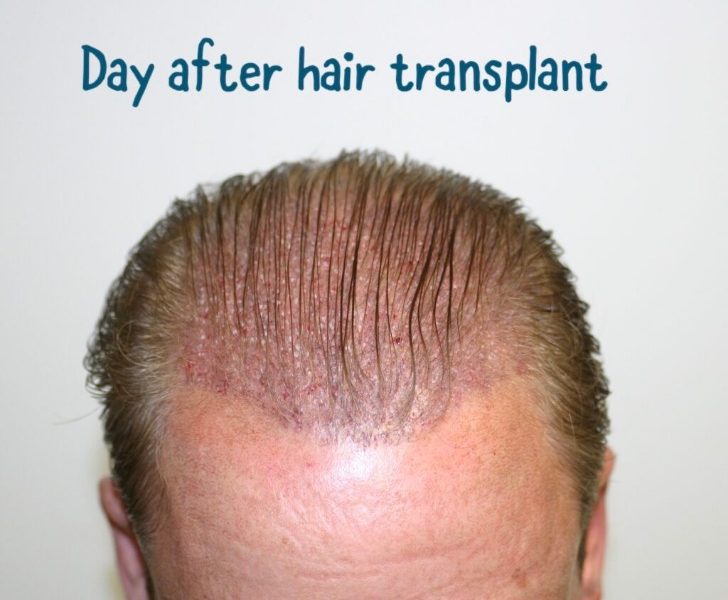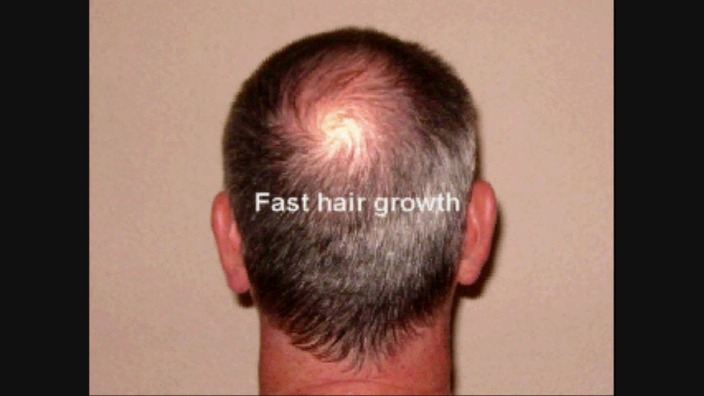
The Journey to Fuller Locks: Understanding Hair Transplant Procedures
Many individuals seeking to regain their confidence turn to hair transplant procedures as a permanent solution for hair loss. This guide offers an in-depth look at what these procedures entail and how they can transform one’s appearance.
What is a Hair Transplant?
A hair transplant is a surgical technique that involves moving hair follicles from one part of the body, known as the donor site, to the balding or thinning area, called the recipient site. This method can effectively restore hair growth in regions affected by various forms of baldness or thinning.
Read more about dr grahame shaw hair transplant here.
Types of Hair Transplant Procedures
There are primarily two types of hair transplant techniques: Follicular Unit Transplantation (FUT) and Follicular Unit Extraction (FUE).
Follicular Unit Transplantation (FUT)
In FUT, a strip of scalp is removed from the donor area, typically the back of the head. The strip is then divided into smaller grafts, each containing a few hair follicles. These grafts are meticulously inserted into tiny incisions made in the recipient site. Although FUT may leave a linear scar, it often results in a significant amount of hair being transplanted in a single session.
Follicular Unit Extraction (FUE)
Unlike FUT, the FUE method involves harvesting individual hair follicles directly from the donor area using a specialized punch tool. These follicles are then implanted into the balding regions. FUE is less invasive and leaves minimal scarring, making it a popular choice for those concerned with postoperative recovery and scarring.
The Procedure: What to Expect
Before undergoing a hair transplant, a thorough consultation with a qualified surgeon is crucial. During this consultation, the surgeon will evaluate the patient’s scalp, determine the best technique, and provide an overview of what to expect during and after the procedure.
Preparation
Patients may need to avoid certain medications and hair treatments in the days leading up to the surgery. It’s essential to follow the surgeon’s instructions closely to ensure optimal results.
The Surgery
The procedure typically begins with local anesthesia to numb the donor and recipient areas. Depending on the chosen technique, the surgery can last anywhere from several hours to an entire day. Patients are usually awake and can watch a movie or read during the process.
Postoperative Care
After the surgery, the scalp may be tender, and pain medication might be prescribed. It’s important to follow all postoperative care instructions, which may include avoiding strenuous activities and specific hair care routines. Full recovery and hair growth can take several months to a year.
Benefits and Considerations
Hair transplants offer numerous benefits, including permanent results and a natural-looking hairline. However, it’s essential to consider the potential risks and costs. Consulting with a board-certified surgeon ensures that individuals receive the best possible care and outcomes.
A hair transplant can be a life-changing procedure for those struggling with hair loss. By understanding the different techniques and what to expect, individuals can make informed decisions and achieve their desired look.



